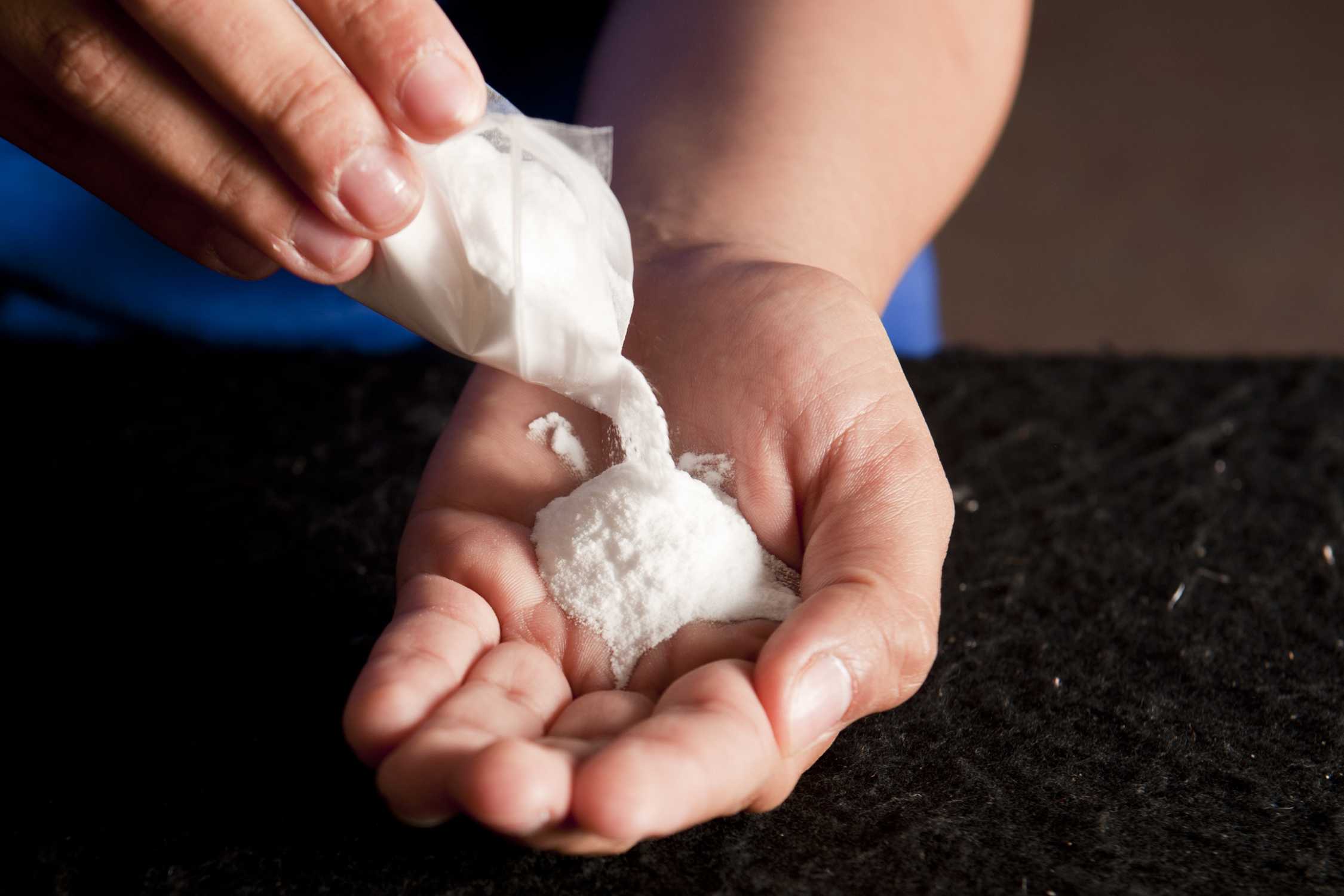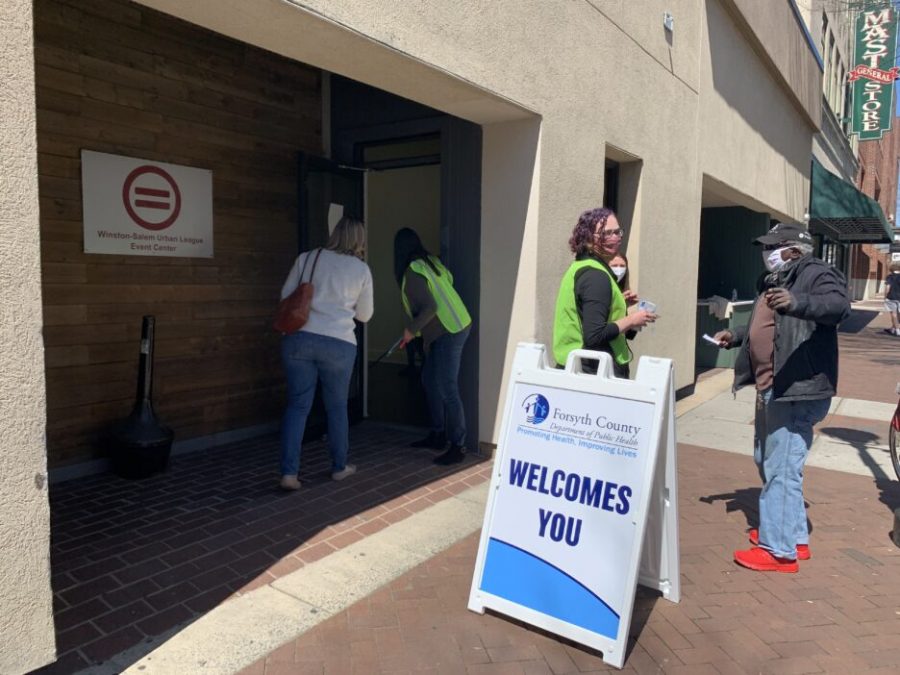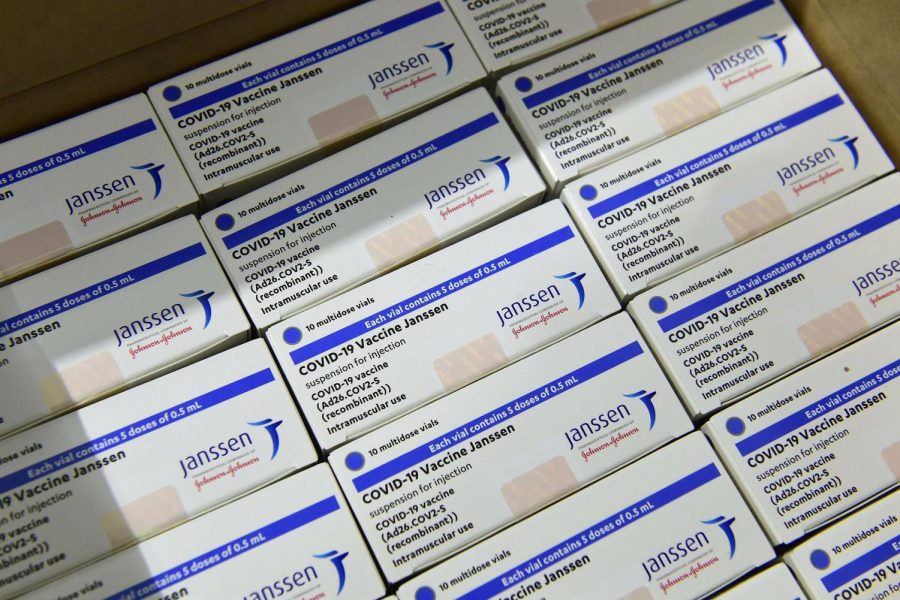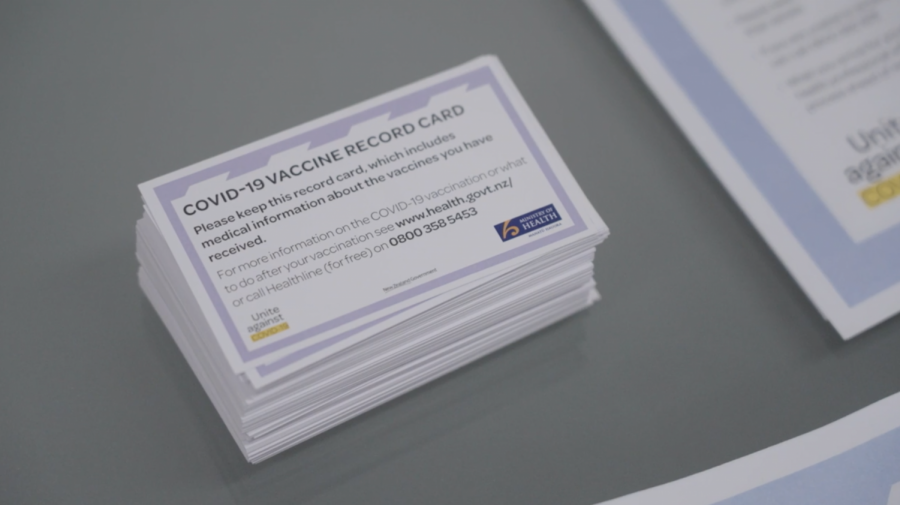Nothing reflects a “broken system” like the federal mandatory sentencing requirement that slammed 28-year-old Nebraskan, Leo Guthmiller — two years sober, fully employed and on his way to a GED and graduating from drug court — with 10 years in prison over a tenuous connection to a meth dealer from years past.
The judge on Guthmiller’s case, whose hand was forced in the matter, called the sentencing “absolutely ridiculous” in the circumstances.
Unlike the path Guthmiller had been walking with success, a federal prison sentence offers no alternatives to incarceration — no alternatives that treat the addiction often at the root of drug charges.
This contradicts what scientists and advocates for criminal justice reform have been saying for years: addiction is a brain disease and cannot be written off or resolved by sentencing designed to ‘teach them a lesson.’
Thanks to research being done at Wake Forest University’s School of Medicine, there is compelling data to show just how much addiction can rewire the brain. It also highlights the importance of prioritizing treatment-based sentencing alternatives, not lock-up, for individuals in the U.S. criminal justice system.
Among this body of research, spearheaded by the university’s Dr. Michael Nader, is a study that models how environmental stressors drive neurochemical changes in the brains of macaques, or monkeys. These changes can significantly increase an individual’s vulnerability to cocaine addiction.
The fact that researchers have started to identify variables for drug vulnerability like this is huge.
With $56 billion spent on substance use related incarceration in 2019 alone, the implications could eventually be far-ranging, especially in how we use tax-payer dollars to treat potential inmates.
Frustratingly, formNader, a leading expert on pre-clinical models of drug addiction and advocate for criminal justice reform, changes to drug sentencing and treatment of substance use disorders within the system have come charging in like a herd of turtles.
“The thing about [incarceration] is it doesn’t work,” Nader said. “If you care about humankind you would want to treat the individual. And if you think incarcerating them is the way to go and we’re going to punish them and be done with it, it doesn’t work.”
Shawn Stanczyk, a Program Coordinator at Lancaster County Community Corrections in Lincoln, Nebraska — the very agency where Leo Guthmiller was completing drug court before his unwarranted sentencing in 2017 — agrees with that sentiment.
“I believe the general views from police, prosecutors and judges in our local [Nebraska] criminal justice system are extremely antiquated and conservative” Stanczyk said. He adds that people are jailed “when they really need treatment and community support.”
The fact is, there are numerous entangled indicators that could qualify a given person as having a substance use disorder. These range from tolerance and withdrawal to recurrent use despite interpersonal problems or a persistent desire to quit.
To not treat the illness is a mistake, says Nader. As is lumping everyone together as if their ‘strain’ of addiction will be solved by a “one-size-fits-all” approach.
This is partly why the macaque study by Nader’s lab on cocaine addiction and environmental stress is so important: understanding what makes some people more vulnerable than others can give direction to better treatments
Perhaps even prevention methods.
In the study, researchers “socially housed” groups of male monkeys and observed the formation of social hierarchy which followed. On a scale of dominant to subordinate, the most subordinate monkeys experienced the most externally stressful environment, and thus served as an optimal model of chronic social stress for researchers.
Those most subordinate, most stressed-out monkeys were also most vulnerable to cocaine addiction. (A fascinating aside: this same study done in female macaques showed the very opposite. Dominant females were more socially stressed and more susceptible to addiction.)
Under the influence of social rank and prolonged substance use, the monkeys’ brains exhibited neurological changes to their dopamine pathways.
Most of us are familiar with dopamine, the neurochemical associated with the brain’s reward pathways that activates when you’ve, for instance, eaten that slice of chocolate cake or noticed a surge of likes on your Instagram post.
According to Dr. Nader, “Almost all drugs of abuse — whether it be alcohol, heroin or nicotine — directly or indirectly elevate levels of dopamine.”
The key to cocaine’s pleasurable and addictive qualities lies in its ability to block the reuptake of dopamine once it has flooded the brain. With our neurons unable to lower these levels back to baseline, the reward experience is amplified and all the more reinforcing.
So what made the difference between the subordinate and dominant monkeys?
Subordinate macaques’ brains experienced an increase in a D2 receptor of the dopaminergic pathway, the resulting effect being cocaine’s effects were simply more pleasurable to them than to dominant individuals.
So there it is: some brains are more easily hooked on a drug than others. And conditioning by their environment can make them that way.
Despite decades of similar research, policy often still treats addiction like a choice, not a brain disease. Less than desirable progress has been made toward changing strict policies, such as mandatory sentencing, that originated in the Nixon-Reagan “War on Drugs” era.
To illustrate, a report by Pew Charitable Trusts estimates that U.S. state and federal prisons held 300,000 inmates in 2018, a number up from 25,000 in 1980.
In the same year, 70.5 % of all cases carrying a mandatory minimum penalty were drug trafficking-related, according to U.S. Sentencing Commission data.
Luckily, absent federal movement on the issue, incarceration alternatives have been taking shape at local and state levels across the country.
Community Corrections, in Lincoln, Nebraska, is once such agency. Its director, Kim Etherton, has a straightforward philosophy.
“I believe that everyone who walks through our doors deserves to be treated with dignity and respect, deserves to have access to the resources they need to improve their circumstances,” she said.
The agency provides the county with incarceration alternatives through an adult drug court and numerous diversion programs, including General, Veterans, Mental Health and Intensive Supervision Diversion.
Landon Parks, Program Coordinator for Adult Drug Court, describes their programming as a very involved and individualized process for their participants. “We are not just treating a substance use disorder but are treating the person.” Just as Nader recommends.
Thus, the overarching theme is incentive over punishment and giving two, three or many second chances. Regular check-ins, supportive programming and random drug-testing are common practice to help participants stay on track.
No one expects it to be easy. Relapse is anticipated, but accountability is a must, experts in Lincoln say.
Diversion programs such as these relieve strain on our overcrowded jails and prisons. Moreover, the data show that both are more effective and less expensive than incarceration or doing nothing at all.
Oftentimes, recidivism rates are the measure of choice to prove this, but those at Community Corrections would argue success can be gauged by more than statistics. Take Adult Drug Court and Intensive Supervision Diversion graduations, for example.
Graduation is a big deal.
It is there that charges are dismissed and sealed from their record and participants read letters from their support team about their growth in the last year.
Shawn Stanczyk admits to getting choked up on these occasions.
“The letters are very powerful and emotional. I always look forward to them,” he said.
In better circumstances, Leo Guthmiller’s journey would have culminated here as well.
“So many of the ISD clients we deal with have an amazing future ahead of them,” Stanczyk adds.
Perhaps down the line criminal justice reform will supply more of these victories and less of the brand of justice dealt to Guthmiller.







